HERE are some simple rules that will make life much easier for you when swimfeeder and Method feeder fishing.
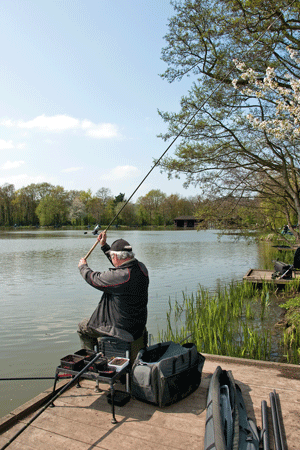
1. BETTER ACCURACY: In order to get your feeder landing in the same place you need to line up a far bank marker and also clip up your reel line. You’ll achieve better accuracy by bringing the rod over the shoulder of your casting arm, rather than from the side – a mistake many anglers new to this method make. Keep your arms straight as you cast and keep your eyes trained on the marker.
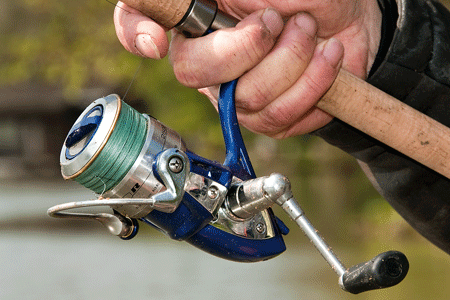
2. LETTING GO: Another mistake novices tend to make when casting the feeder is trapping the line against the reel spool. This makes you stretch your fingers and slackens your grip on the rod. You’ll be able to put a lot more effort into the cast if you trap the reel line under your forefinger against the rod handle. Using your forefinger like a trigger gains a better grip so the line won’t release unexpectedly.
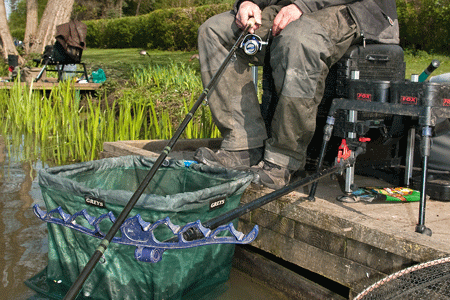
3. TIGHTENING UP : As soon as the feeder touches bottom start tightening the line, otherwise you’ll miss bites as the hook bait settles. Put the rod in its rest – a multi-position quiver rest is best – and slowly wind in line until the quivertip settles with a slight bend in it. You need the quivertip tensioned so it will highlight both straight pulls and drop back indications. The latter are caused when fish dislodge the feeder.
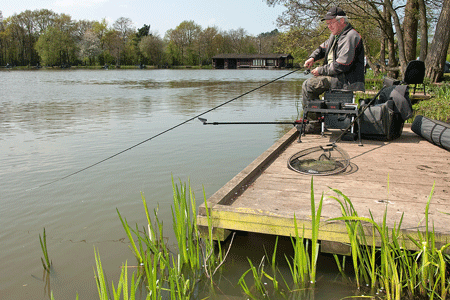
4. STRIKING AND PLAYING: Keep the rod low to the water when striking. If you strike upwards you will miss lots of bites because you are lifting line out of the water, which creates resistance and buffers against the strike. Keep the rod tip low when playing fish. By raising the rod too quickly fish tend to kite to the surface and it takes a lot longer to bring them in. Only raise the rod as the fish nears the landing net stage.
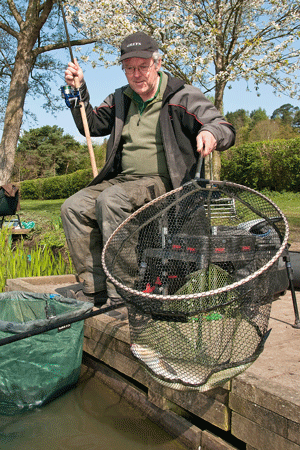
5. BETTER RESULTS:
If your casting accuracy leaves a lot to be desired it doesn’t hurt to spend some time sorting things out. A good time to do this is at the start of a session. Many feeder anglers spend the first ten minutes of a session feeding up the swim by continuously casting the feeder to the required spot. Priming the swim like this fine tunes your casting and also helps to ensure a busy session.
Related advice
Paul Garner’s tackle tips
How to Break Through a Training Rut

6 Techniques You Need to Know to Cook Perfect Fish

Active City Spotlight: Cycling in San Diego

Copyright © www.mycheapnfljerseys.com Outdoor sports All Rights Reserved